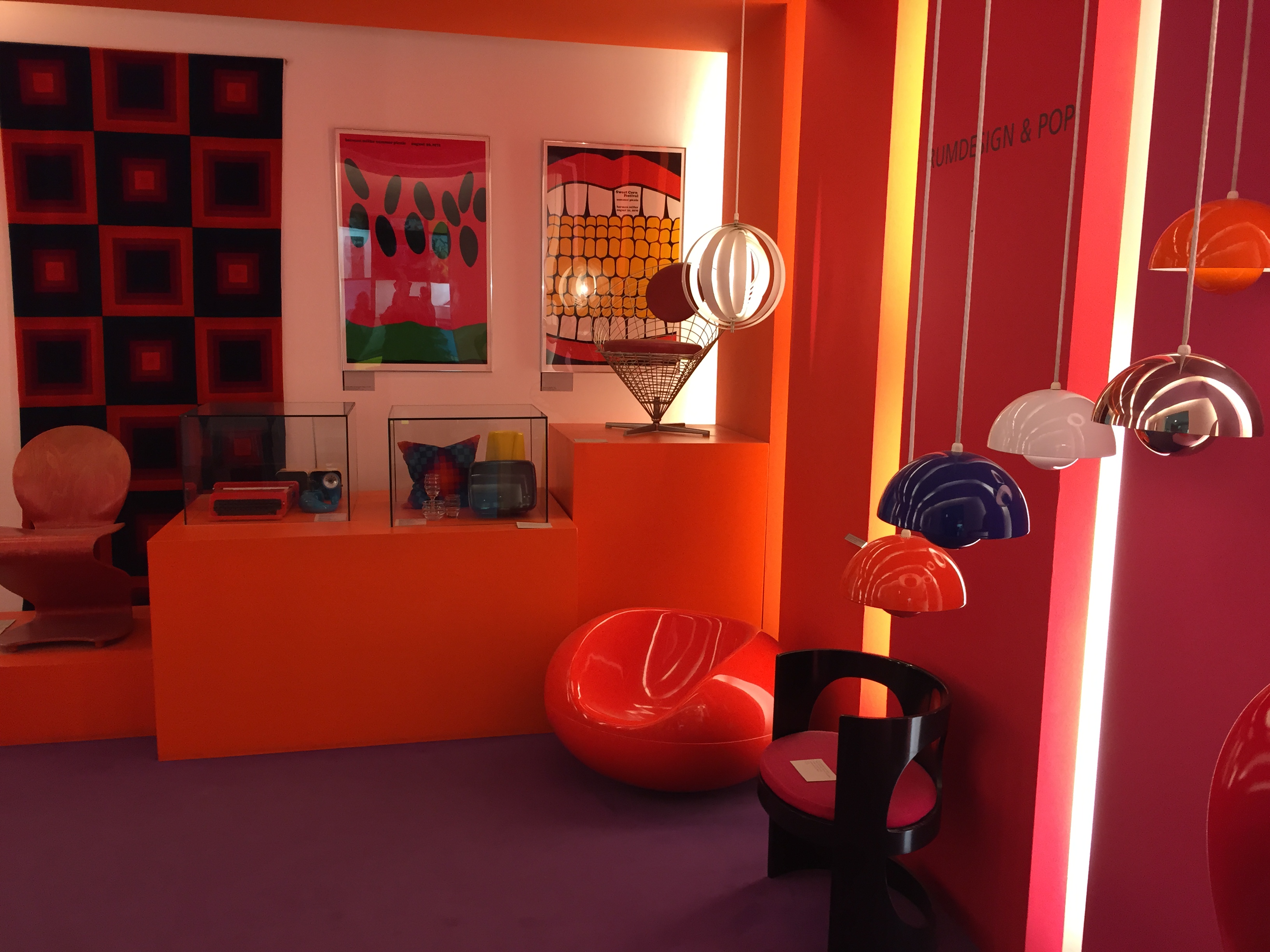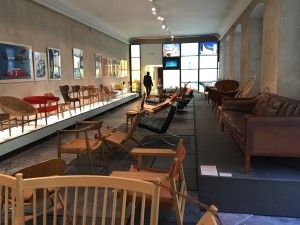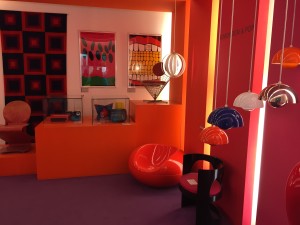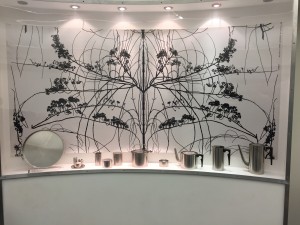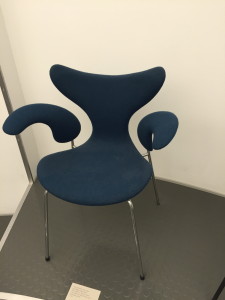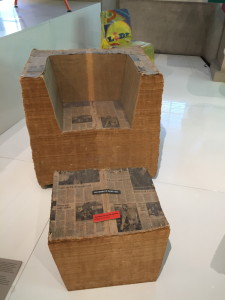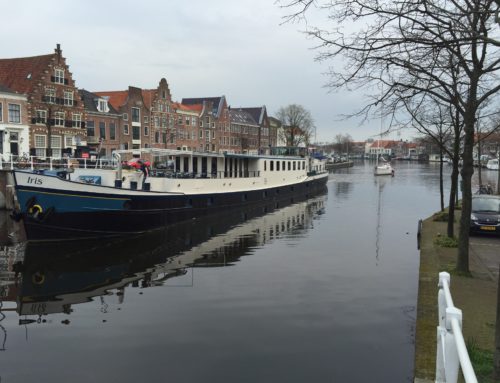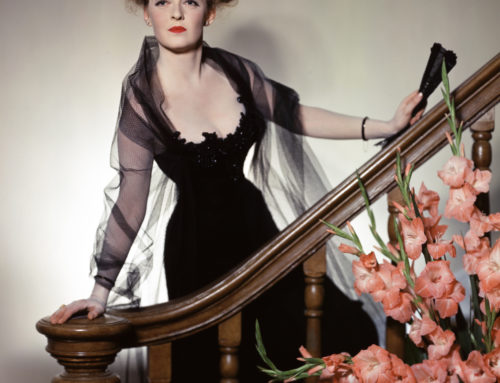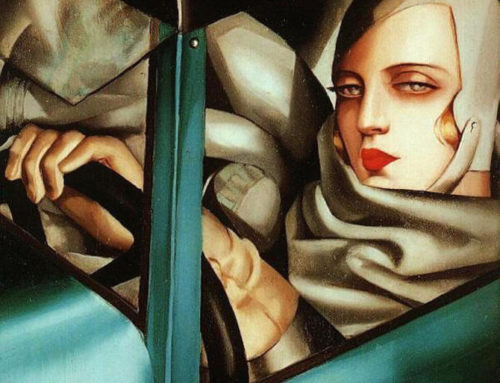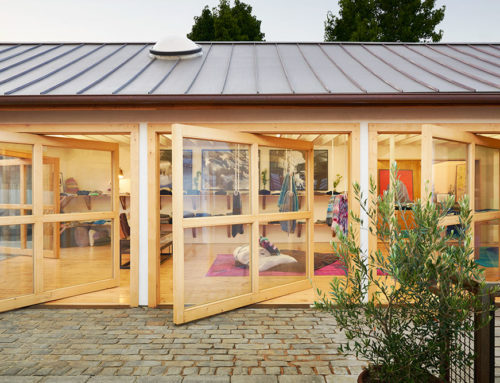Visual Stimuli & Historical Perspective Will Leave You Breathless
Many Americans, when asked about Danish design, will likely point to Ikea – furniture and products that are simple, functional and affordable (even cheap – think a college dorm room or a young person’s first apartment).
But my colleague G. Bruce Smith recently visited the Designmuseum Danmark in Copenhagen and found a rich history of Danish design with sometimes surprising international influences.
Here is his report.
————–
The Danish Museum of Art & Design in Copenhagen is a treasure chest of visual stimuli and fascinating historical perspective that will stay with you long after you leave, whether you are a design aficionado or not. Situated in the heart of the historical district of Frederiksstaden, next to Amalienborg Palace, the area is known for its outstanding architecture and is one of Denmark’s cultural heritage sites.
The museum is well laid out, allowing visitors to stroll through galleries that take you on a chronological journey beginning with what was a surprise to me – the strong influence of Japanese arts and crafts that date back to the 1880s but continue today.
For example, Japan opened artists’ and designers’ eyes to the beauty of Denmark’s own flora and fauna. Birds and other animals and plants started to appear on beautiful porcelain pieces designed by such Danish artists such as Pietro Krohn. But Japanese motifs and styles were also reflected in wall coverings, textiles, furniture, ceramics and more.
In fact, one of the many informative placards in the museum states flatly, “It is neither possible nor necessary to separate Danish and Japanese artistic direction, as both often converge as one.”
In architecture in the years before and after World War II, many Danish houses started reflecting the Japanese aesthetic and now opened out onto the streets and gardens or the countryside with floor-to-ceiling windows. Patios and terraces grew in size. Open floor plans, clean lines in interiors and furniture, and even straw matting and rice paper lamps became fashionable.
In the Fashion and Fabric section of the museum, Paris couture takes a back seat to stylish garments designed by Danes, going back to the 17th century. In the 1950s, more and more Danish weavers and textile printers began producing material for clothing. By the 1970s, textile crafts people began to regard their garments as alternative and a contrast to contemporary fashions.
Danish decorative arts flourished in the Art Nouveau period, particularly elegant porcelain pieces with pastel-like and crystalline glazes.
A gallery devoted to “The contours of speed” provides a primer on the 20th century world’s fascination with speed, acceleration and movement, intimately linked with growing industrialization. Modernist designers and architects expressed speed in their work with spiraling movements, rotating elements, machine shapes, seating machines and playful experiments with water, light and glass.
Danish designers, however, largely shunned this fascination with speed, opting instead for a slow approach. “In addition to their artistic and functional design, (Danish) furniture (of the 20th century) is the result of a long process that involves painstaking selection and preparation of the wood as well as exquisite craftsmanship, evident in every joint, detail and surface,” the museum display notes.
One gallery is devoted to internationally renowned Arne Jacobsen, a cosmopolitan architect and designer who was the main force in introducing Modernist elements to the somewhat conservative Denmark. In the 1920s and 1930s he found “his own Utopia in the Modernist lifestyle, which was all about white walls, open expanses of glass, outdoor life, jazz, white tennis shoes, anonymous industrial products, speed and optimism about the future,” the museum placard says.  His creations ranged from the SAS Hotel in Copenhagen to the “House of the Future,” as well as sculptural furniture that includes the “Drop,” the “Swan,” the “Egg,” and the elegant “Seagull,” also known as “Lily” (1970).
His creations ranged from the SAS Hotel in Copenhagen to the “House of the Future,” as well as sculptural furniture that includes the “Drop,” the “Swan,” the “Egg,” and the elegant “Seagull,” also known as “Lily” (1970).
The gallery that “pops” the most (pun intended) is called “Danish Modern & Interior Design & Pop,” and covers the period 1960-75, during which a celebration of mass culture dominated as a rebellion against post-war modernism. In this gallery you can see Danish plastic chairs and modular furniture in bright, gaudy colors, along with groovy posters from the era.
From 1980 to 2000, Danish designers came increasingly under diverse international influences. There was a revolt against Modernism, and designers presented visually oriented designs replete with symbolism, color and deliberate drama. The mass media, pop culture and a consumer society continued to be major influences but with a growing awareness of the ethical challenges of society.
Which leads, naturally, into the sustainable design trend that started appearing in Denmark as early as the 1960s as manifested in recycling and alternative lifestyles, such as can be still found in Copenhagen’s Christiania, a funky communal neighborhood.
Among the items found in the Sustainable Design gallery are Frenchman Philippe Starck’s “Jim Nature TV” (1993), a television set made of sawdust and formaldehyde-free glue, and Niels Hvass’ “Paper Chair,” made of stacked newspapers that is a critique of society’s information overload.
The museum is constantly changing temporary exhibits. For example, I was able to see the visually stunning MINDCRAFT15, which is not so much a display of design (although items are on view) as much as it is a hall of mirrors, lights and elliptical steel cages that dazzle from all angles.
If you’re in Copenhagen, make sure you add this wonderful museum to your itinerary.



